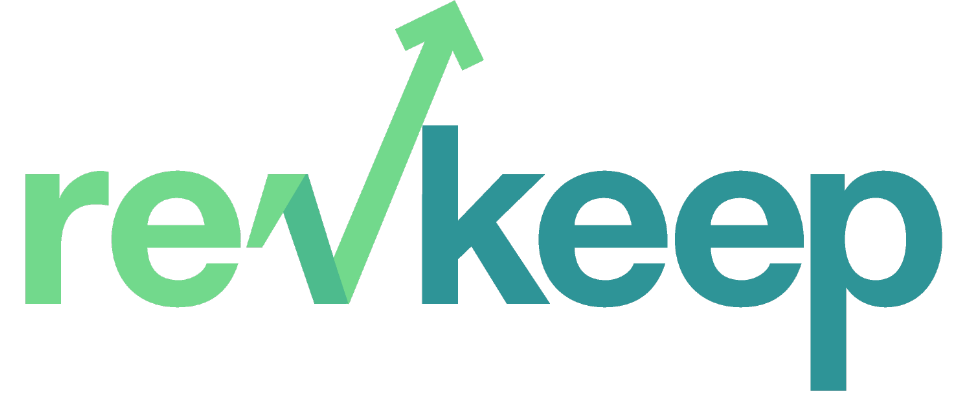Introduction
When it comes to RAC audits and payor audits, healthcare organizations must be proactive in identifying potential vulnerabilities and mitigating risks. Conducting an effective RAC audit risk assessment is essential for understanding the areas of your revenue cycle that may be prone to audit findings and taking appropriate measures to address them. In this article, we will delve into the importance of RAC audit risk assessments and provide you with valuable insights on how to conduct one successfully.
Understanding RAC Audits and Payor Audits
RAC audits, or Recovery Audit Contractor audits, are conducted by independent auditors hired by the Centers for Medicare and Medicaid Services (CMS) to identify improper payments made to healthcare providers. These audits aim to ensure accurate reimbursement and detect fraud, waste, and abuse within the healthcare system. Payor audits, on the other hand, are conducted by private insurance companies or other third-party payors to verify the legitimacy of billed services.
Why Conduct a RAC Audit Risk Assessment?
A RAC audit risk assessment helps healthcare organizations identify and evaluate potential vulnerabilities in their revenue cycle that could lead to audit findings or overpayments. By conducting a comprehensive risk assessment, organizations can take proactive measures to strengthen their compliance, billing practices, and documentation processes, reducing the likelihood of audit-related issues.
Conducting an Effective RAC Audit Risk Assessment
1. Identify Key Risk Areas
Begin by identifying the key areas in your revenue cycle that are most susceptible to audit findings. This may include coding and billing processes, documentation practices, medical necessity, claims submission, and reimbursement procedures. By pinpointing these risk areas, you can focus your efforts on mitigating potential vulnerabilities.
2. Review Regulatory Guidelines and Documentation Requirements
Familiarize yourself with the latest CMS guidelines, regulations, and documentation requirements relevant to RAC audits and payor audits. Ensure that your organization adheres to these requirements and implements necessary changes to comply with the regulations. This step will help you identify any gaps in your current practices and take corrective actions.
3. Assess Internal Policies and Procedures
Review your internal policies and procedures related to coding, billing, documentation, and claims submission. Evaluate the effectiveness of these policies and identify areas for improvement. It’s crucial to establish clear guidelines and protocols to ensure compliance and consistency throughout your organization.
4. Conduct Internal Audits
Perform regular internal audits to assess the accuracy and completeness of your documentation, coding practices, and claims submission processes. Internal audits will help you identify any potential compliance issues or areas of improvement. Addressing these issues proactively will enhance your audit readiness and minimize the risk of audit findings.
5. Implement Education and Training Programs
Educate and train your staff on coding and documentation best practices, regulatory requirements, and compliance guidelines. Ongoing education and training programs will ensure that your team is up to date with the latest industry standards, reducing the chances of errors or improper billing.
6. Leverage Technology Solutions
Utilize technology solutions like RevKeep to streamline your RAC audit risk assessment process. RevKeep is an easy-to-use software solution that helps Revenue Cycle Management (RCM) teams assess and manage audit risks effectively. With RevKeep, you can centralize audit-related data, automate workflows, and track risk mitigation strategies in real time.
RevKeep: Simplifying RAC Audits
RevKeep is a comprehensive software solution designed to simplify RAC audits and payor audits. With its intuitive interface and powerful features, RevKeep enables RCM teams to streamline audit management, reduce administrative burdens, and increase their chances of success in audits.
RevKeep helps you conduct efficient RAC audit risk assessments, identify vulnerabilities, and implement targeted risk mitigation strategies. By leveraging RevKeep, you can enhance your audit readiness, improve compliance, and navigate the complexities of RAC audits and payor audits with ease.
Conclusion
Conducting an effective RAC audit risk assessment is essential for healthcare organizations to proactively address potential vulnerabilities in their revenue cycle. By identifying key risk areas, reviewing regulatory guidelines, assessing internal policies, and leveraging technology solutions like RevKeep, organizations can enhance their audit readiness and minimize the risk of audit findings or overpayments.
Unlock the power of effective RAC audit risk assessments with RevKeep. Visit revkeepsoftware.com to learn more about how RevKeep can help your RCM team streamline RAC audits and payor audits, improve compliance, and win more of them with confidence.


